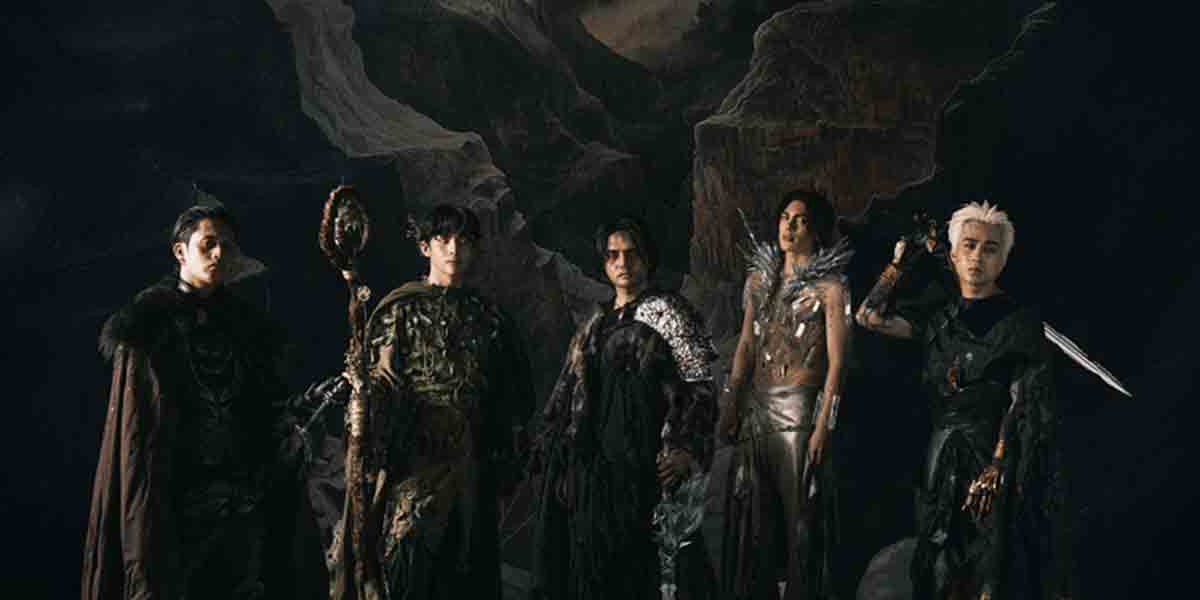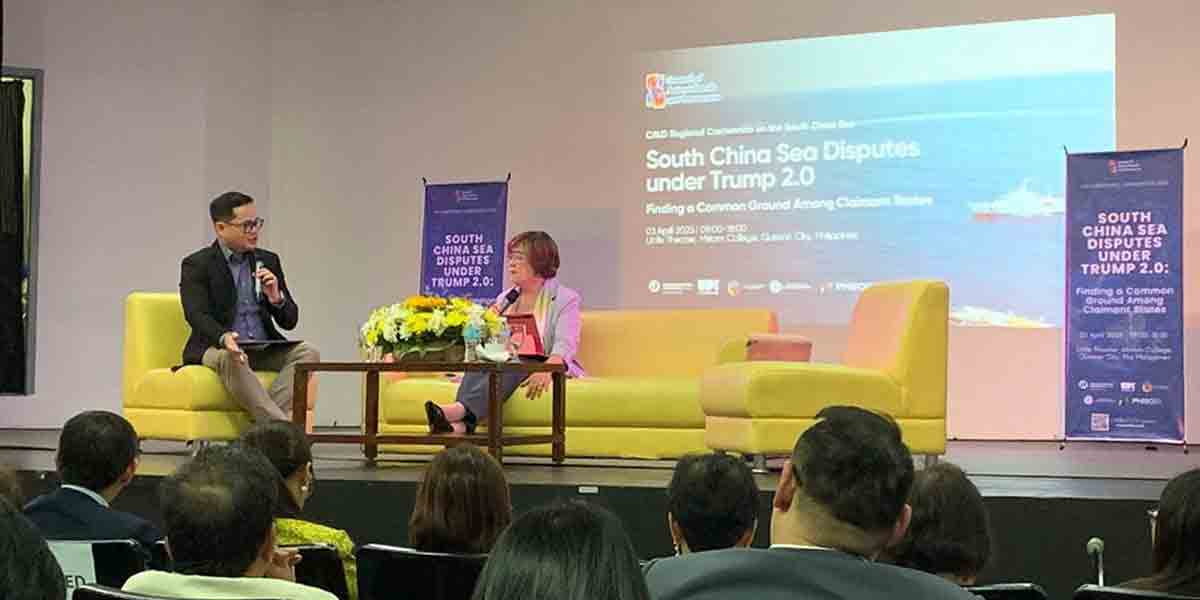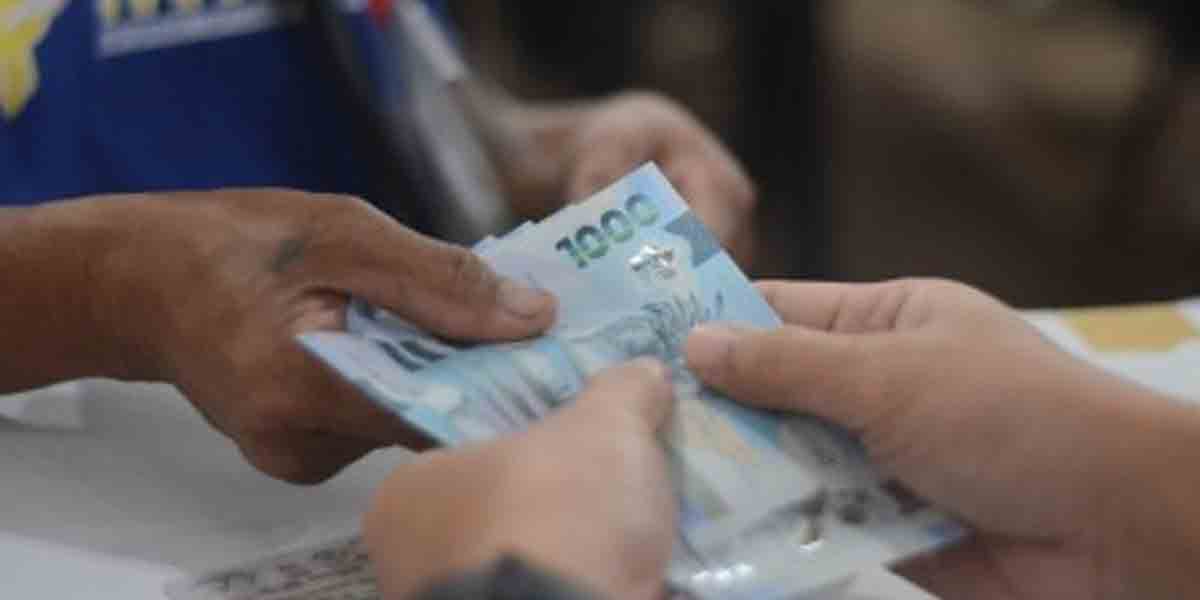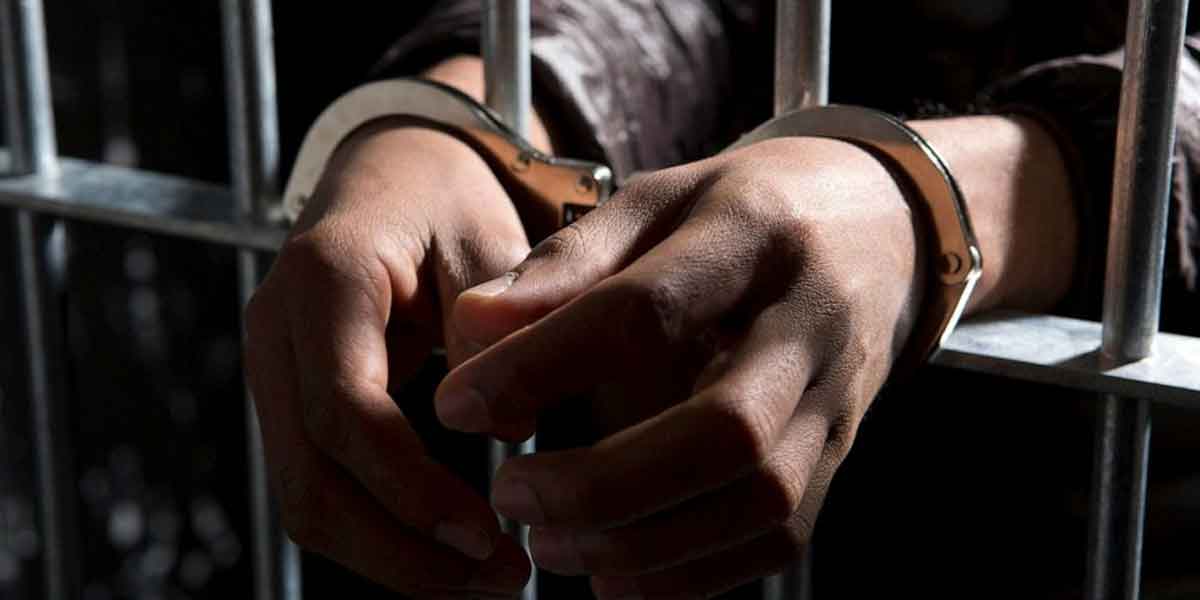 By: Modesto P. Sa-onoy
By: Modesto P. Sa-onoy
Tomorrow is Andres Bonifacio Day to commemorate and honor an ordinary man whose love of country and people can hardly be matched by our modern leaders. He was a firebrand leader who rallied the masses to fight a superior enemy. Many followed him to the death in the revolution of 1896.
But he was a tragic figure. He died not in the hands of the Spanish government he tried to overthrow but by the hands of his own people. Betrayed, he and his wife were victims of a power grab by those who considered him unfit to rule.
A plebian, Bonifacio appealed to the masses but the ilustrados, wealthy and educated Filipinos, could not accept the possibility that the Philippines could be governed by someone below their class. He was not from a poor family (his father had a government post) but when his parents died the children had to fend for themselves.
The ilustrados, like Jose Rizal, were not averse to the continuation of the Spanish rule but the Bonifacio uprising placed them in a dilemma. They had no choice but to join the uprising for their own protection. We must note that they stayed away while Bonifacio was recruiting and then joined the revolt when Bonifacio unmasked the weaknesses of the Spanish government to subdue a national rebellion. Spain did not have enough troops in the Philippines as it was also embroiled in fighting the rebels in their other colonies as well as the covetous European monarchies.
When Rizal was arrested in 1892, Bonifacio was convinced that a peaceful resistance as advocated by Rizal would not work and he founded the Katipunan to wage a violent uprising.
Bonifacio tried to recruit Rizal, but the latter rejected the idea of revolution and the expulsion of Spain from our island. Bonifacio was furious and lambasted Rizal who could have extended to Bonifacio the help he needed to cushion the aversion of the ilustrados for the plebian.
Rizal’s attitude is best expressed in his novel, Noli Me Tangere. Through the persona of his leading character, the pacifist Crisostomo Ibarra, Rizal asked a hypothetical question: Why freedom when the slaves today will be the tyrants of tomorrow?
That was prophetic, even to this day. Bonifacio in anger swore to the heavens. He was also prophetic because in December 1896 the Spanish government executed Rizal not by lightning as Bonifacio declared but by the fires that came out of the barrels of the muskets of a firing squad.
In 1892, Bonifacio founded the Katipunan that raised a membership of 30,000 with mutual aid societies and education for the poor. This was a strategy to recruit members.
What was the fault of Bonifacio?
Rejected by Rizal, Bonifacio proclaimed Philippine Independence on August 23, 1896, ahead of the independence proclaimed by Emilio Aguinaldo on June 12, 1898. This time the Spanish government moved against him and he escaped to the hills of Marikina.
The forces that Aguinaldo organized were well-financed and succeeded in capturing several towns around Cavite. He was able to rally the strength of his fellow ilustrados.
Rivalry between the two forces ensued. In a convention, Bonifacio was declared ineligible to head the revolution because he was not a lawyer. He refused to recognize the authority of the Aguinaldo-initiated convention. Aguinaldo declared his rival guilty of treason and sedition and ordered his arrest. The Great Plebian was then executed. His wife was also arrested, abused and killed.
After Bonifacio was removed, the Katipunan disbanded. The Aguinaldo government then entered into a peace pact with the Spaniards and the Philippine Revolution ended.
The tragedy of Bonifacio is his refusal to make political compromises. In this, Aguinaldo was better. Aguinaldo made a pact with the Spaniards, then made a deal with the Americans to remove the Spaniards. After he was displeased with the Americans he turned against the US. He was defeated and took an oath of allegiance to the United States. When the Japanese expelled the Americans in 1941, Aguinaldo supported the Japanese. And then he was back with the US when Japan surrendered.
The kind power struggle between Bonifacio and the ilustrados remain to this day, if one looked at our political system, an issue of wealth and compromises dictating governance.

























